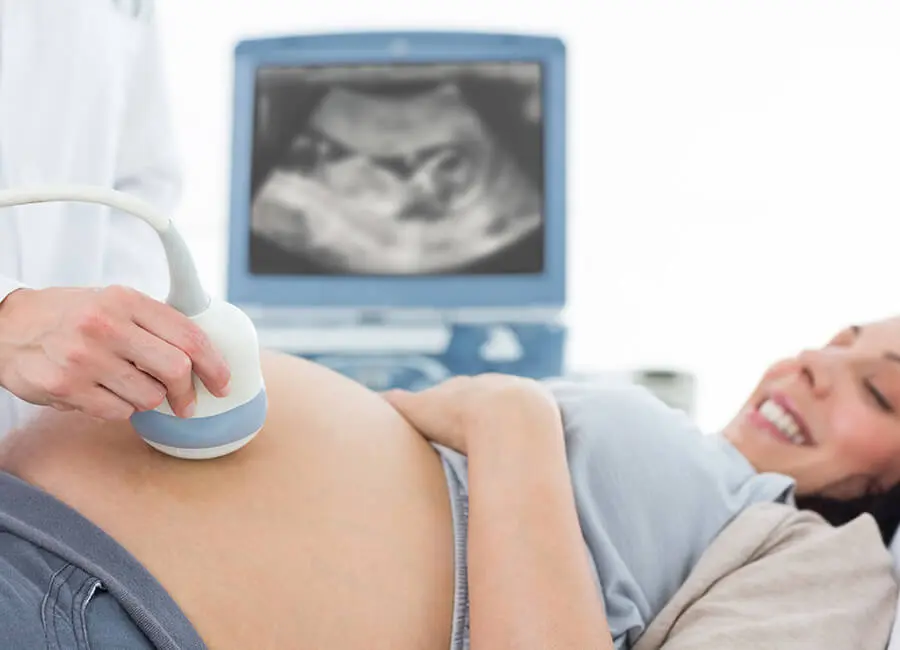
Infertility can come in many forms and reasons. Blocked fallopian tubes or abnormalities inside your uterus may be two of these, causing you to have trouble getting pregnant.
Tests are available to determine the health of your uterus and fallopian tubes that access whether you may have conditions keeping you from getting pregnant. One is called Hysterosalpingogram or HSG and the other is use of a pelvic ultrasound.
Beginning with the Ultrasound
Part of your first steps toward fertility will include an initial ultrasound to determine the health and wellness of your uterus and ovaries. This allows Dr. Stephan Krotz and his fertility team to begin the process of evaluation, diagnosis and development of your treatment plan.
During this ultrasound, we can measure your Antrial Follicle Count that is an important predictor of egg quality and quantity. It also demonstrates your Follicle Stimulating Hormone (FSH) as well as Anti-Mullerian (AMH) hormone levels which are key to egg development.
Levels less than 8 may suggest a low egg count. In this case, higher hormone medications may be given to correct the problem.
If your doctor sees fibroid cysts or polyps, he may inject a saline substance into your uterus to aid in determining your diagnosis and treatment. If the polyps are present, they may be interfering with your chances the fertilized egg (embryo) will attach to your uterus.
What is an HSG Test?
In an HSG test, an x-ray of your uterus is performed to determine the internal shape of your uterus as well as the pathway of your fallopian tubes. With this information, your doctor can diagnose blockages and uterine irregularities that may exist.
By using a tiny tube that is threaded through your vagina and cervix, your doctor can inject a dye into your uterus known as contrast. Once under X-ray, your doctor can visualize the entire shape of your uterus as well as determine if your fallopian tubes are open or blocked. If your fallopian tubes appear dilated, this indicates a chronic infection exists (hydrosalpinx). Removal may be necessary prior to fertility treatment.

When is a HSG Test Performed?
It is typically performed on day 5-11 after the start of a woman’s cycle.
What if Both Fallopian Tubes are Blocked?
If both your fallopian tubes are blocked, you may be a candidate for In Vitro Fertilization to conceive.

